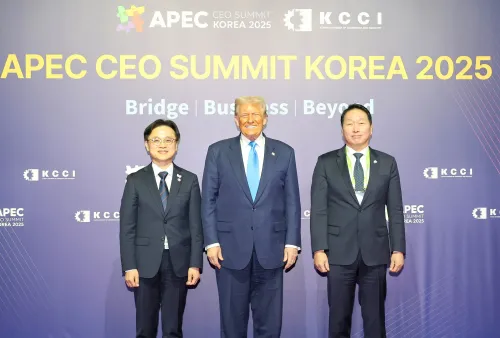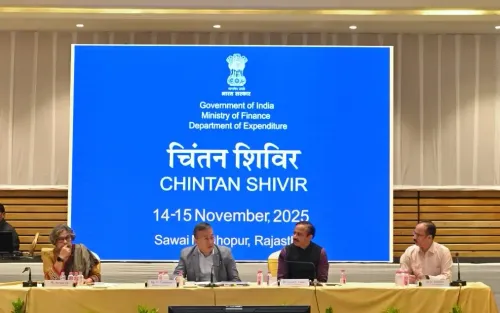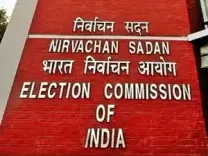Is There a Proposal to Implement Charges on UPI Transactions?

Synopsis
Key Takeaways
- No charges will be levied on UPI transactions.
- UPI transaction count grew by 31% year-on-year.
- Average daily transaction amount reached Rs 82,991 crore.
- RBI maintains a repo rate of 5.5%.
- Inflation forecast adjusted to 2.6% for 2025-2026.
New Delhi, Oct 1 (NationPress) The Governor of the Reserve Bank of India (RBI), Sanjay Malhotra, emphasized on Wednesday that the central bank has no intentions to introduce any charges for transactions conducted via the Unified Payments Interface (UPI). This statement was made during his speech following the post-Monetary Policy Committee (MPC) meeting.
Malhotra clarified that while he has never claimed UPI would remain free indefinitely, he acknowledged that there are costs related to its operation that must be covered.
"What I mentioned was that there are expenses linked to UPI transactions, and these costs need to be addressed by someone," the governor remarked.
He had previously made similar clarifications in earlier post-policy discussions.
This morning, data from the National Payments Corporation of India (NPCI) revealed that UPI experienced a remarkable 31 percent increase in transaction count (year-on-year), reaching 19.63 billion in September.
The total transaction value also surged by 21 percent to Rs 24.90 lakh crore.
On a monthly basis, UPI demonstrated growth in transaction amounts, rising from Rs 24.85 lakh crore in August.
The average daily transaction value in September was recorded at Rs 82,991 crore, up from Rs 80,177 crore in August, according to NPCI data.
The UPI achieved an average of 654 million daily transactions in September, an increase from 645 million in August.
In August, UPI transactions surpassed 20 billion for the first time ever, achieving a remarkable record of over 700 million transactions in a single day on August 2.
Meanwhile, the RBI's monetary policy committee (MPC) opted to maintain the repo rate at 5.5 percent, adhering to a “neutral” policy stance.
This neutral approach aims to balance inflation control with growth support, avoiding either economic stimulation or liquidity constraints.
The RBI Governor noted that the significant drop in food prices and reductions in the GST rate have contributed to a more favorable inflation outlook. Consequently, the RBI has revised its average inflation forecast from 3.1 percent in August to 2.6 percent for 2025–2026.









